World's first glow-in-the-dark plant genetically engineered
News: American biotechnology company Bioglow has applied synthetic biology processes to create plants that glow, which its founder claims are "truly the first of their kind."
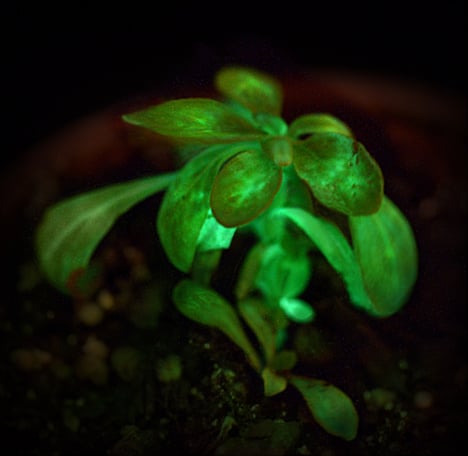
Bioglow, which is based at the Donald Danforth Plant Science Center in St Louis, Missouri, claims its Starlight Avatar is the first plant that is able to light up autonomously, without the need for external treatments or stimuli such as chemicals or ultraviolet lighting.
"There are no comparables on the market, these are truly first of their kind," the plants' creator and Bioglow founder Alexander Krichevsky told Dezeen.
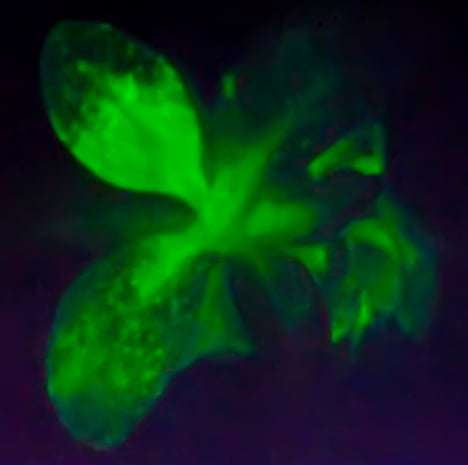
Krichevsky, a specialist in microbiology, developed the plants by introducing DNA from luminescent marine bacteria to the chloroplast genome of a common houseplant, so the stem and leaves constantly emit a faint light similar to that produced by fireflies and other bioluminescent organisms.
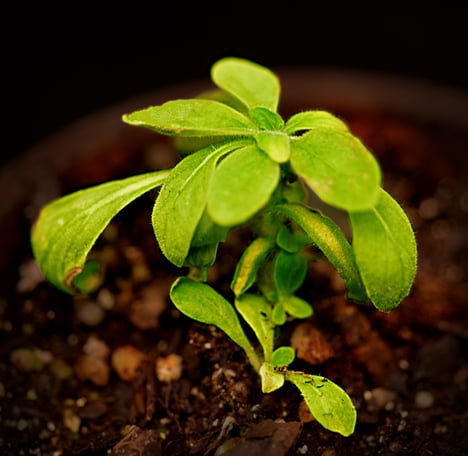
Krichevsky is working on increasing the brightness of the plants, which currently need to be viewed in a darkened room. He told Dezeen that his technique could attract a new audience to the ornamental plant market and eventually provoke a revolution in lighting design.
"We think that glowing plants will particularly be of interest to the fans of the movie Avatar," said Krichevsky, referring to the 2009 science fiction feature film set on an alien planet where flora and fauna are illuminated at night.
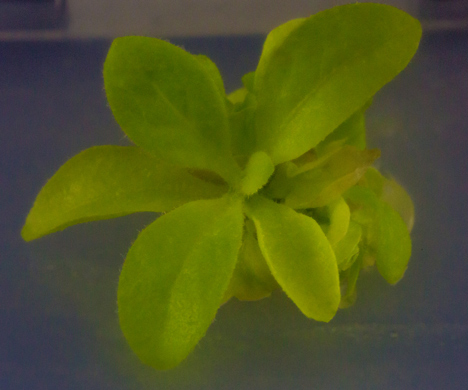
He added that they could also be used as efficient light sources for interiors, architecture or transport infrastructure. "In the long term we see use of glowing plants in contemporary lighting design, namely in landscaping and architecture as well as in transportation, marking driveways and highways with natural light that does not require electricity," he pointed out. "We also have a capacity to make plants glow in response to environmental cues, making them effective environmental and agricultural sensors."
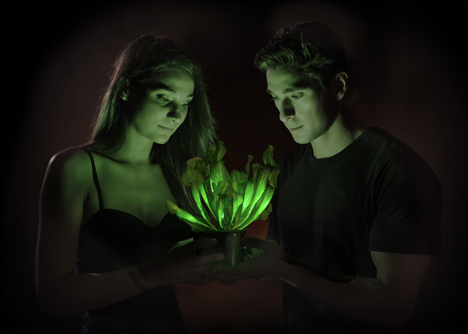
Prospective buyers will be able to bid for one of a limited number of the Starlight Avatar plants via an online auction due to take place in late January. The plants are shipped in cultivation boxes containing a plastic nutrient-rich gel and can be transferred to a plant pot when fully developed. Each plant has a life cycle of two to three months.
Main image is by Dan Saunders.